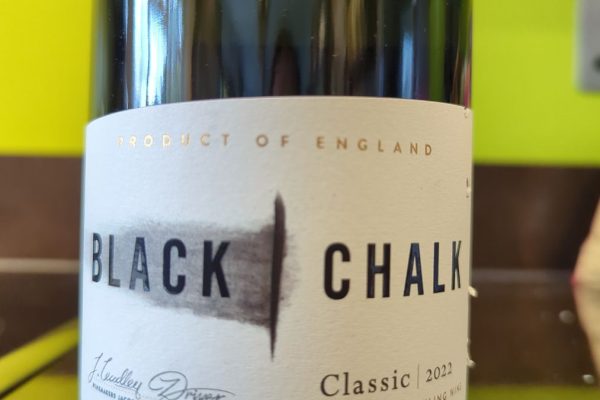
In the August 2025 issue of Decanter, Alder Yarrow and Fiona Beckett have an entertaining debate whether food and wine pairing is meaningful or a waste of time. Yarrow dismisses it as outdated dogma that alienates drinkers by imposing needless rules, arguing that personal taste, mood, environment and even biology make universal pairing principles impossible. He believes people should simply drink what they enjoy without worrying about so-called correctness. Beckett, however, contends that pairing can enhance both food and wine, offering guidance rather than rigid rules, and that it helps less confident wine drinkers feel more engaged and assured. For her, matching wine with food is not about dogma but about discovery, pleasure and the occasional moment of magic at the table.
For me, most wine does not really work with food, but the few instances where it does, the pairing can be exceptional. The more I have grown to love wine, the less inclined I am to drink it alongside meals, whether at home or when eating out, as I often find the experience more disappointing than pleasing. Ironically, restaurants are where wine is most expensive, usually x3 markup, yet for me it is also where wine can be least likely to be appreciated. When a type of wine does pair well, the success depends as much on the individual wine as on the general type/style and I sometimes find that expensive wines tend to lose much of their distinction when consumed with food. Still, on the rare occasions when the match truly works, the result can be nothing short of amazing.
For some of us, trying to find the next great wine is a fun and frequently rewarding challenge. Extending that to the next exceptional food and wine match is narrowing the odds considerably, and for me, the pursuit often feels more frustrating than rewarding.













